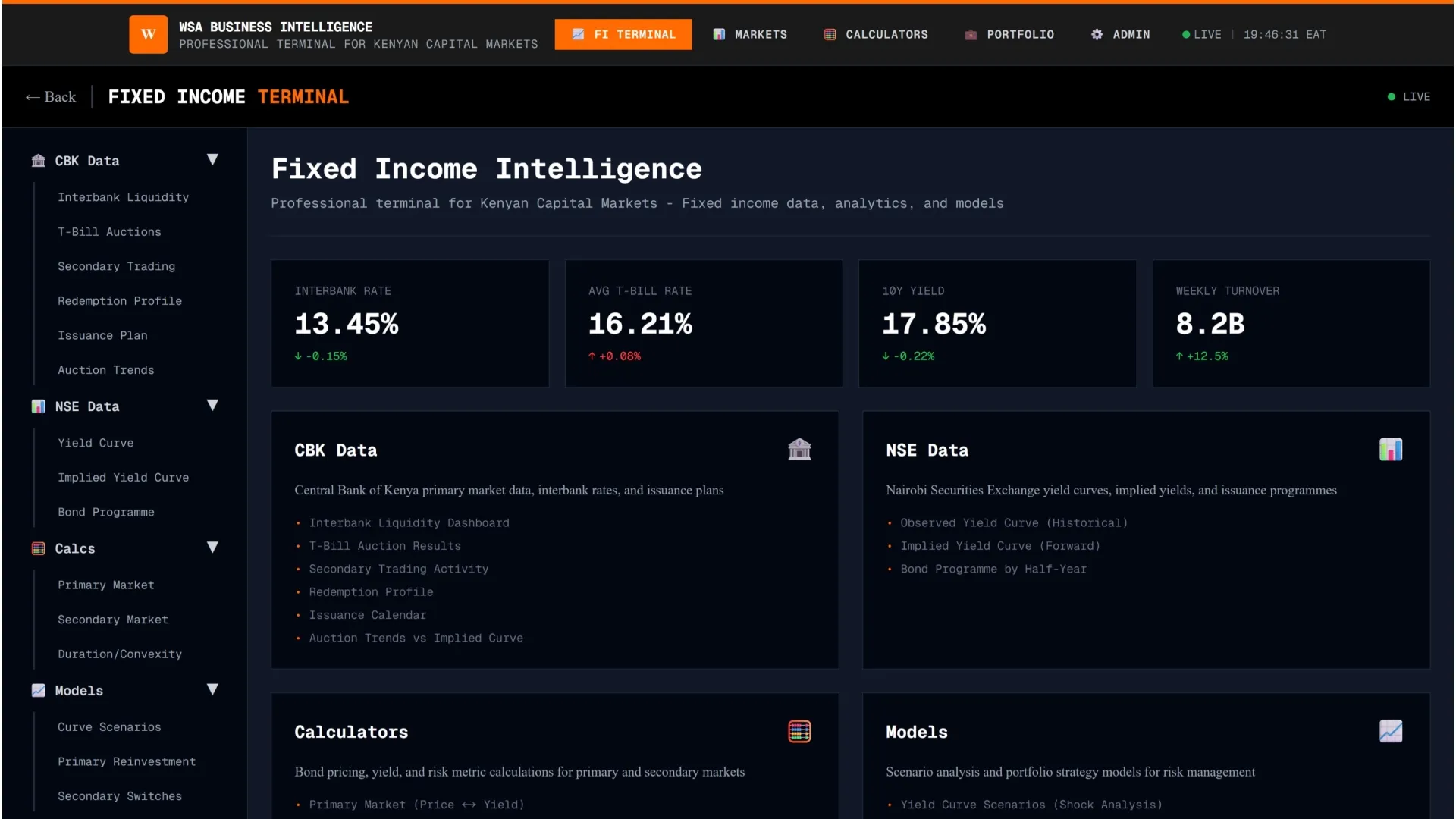"Is your portfolio prepared to endure the challenges of increasing prices?" Inflation ranks among the most overlooked dangers to enduring wealth. With the rising cost of living, protecting your investments from inflation is no longer a choice—it’s a necessity. In portfolio management, recognizing the significance of inflation protection enables investors to safeguard their purchasing power and sustain growth, even as economic circumstances change unexpectedly. Managing the intricacies of portfolio management demands knowledge from industry specialists, and companies that are committed to closing that divide. Let’s try to access the website platform that provides important links between traders and educators, enabling individuals to enhance their knowledge of strategic investment methods.
Understanding Inflation's Impact on Investment Returns
The Hidden Wealth Eroder
Unnoticed until serious harm has been done, inflation stealthily eats away at investment returns. A dollar in an investment portfolio now buys less than it did when prices increase throughout the economy. This decline in purchasing power can have a significant effect on long-term financial objectives, especially for conservative investors and retirees who depend on fixed-income investments.
Real vs. Nominal Returns
Investment returns should be assessed in terms of real returns – the true purchasing power achieved after considering inflation. A seemingly desirable 5% nominal return in a time of 4% inflation ultimately results in merely a 1% real return. This change in viewpoint fundamentally alters how investors ought to approach portfolio creation and asset distribution.
Building an Inflation-Resistant Portfolio
Diversification Across Asset Classes
Conventional portfolio management typically emphasizes the ratio of stocks to bonds, yet safeguarding against inflation necessitates a more comprehensive strategy. Tangible assets, such as real estate, commodities, and infrastructure investments, have traditionally shown robust characteristics for hedging against inflation. These assets usually possess inherent value that increases as prices in the larger economy rise.
The Role of TIPS and I-Bonds
Treasury Inflation-Protected Securities (TIPS) and I-Bonds serve as direct protections against inflation within the fixed-income segment of a portfolio. These securities supported by the government automatically modify their principal value according to fluctuations in the Consumer Price Index, offering clear inflation protection. Although their initial returns might seem less than those of traditional bonds, their capacity to adjust to inflation provides vital safeguards during times of rising costs.
Strategic Asset Allocation for Inflation Protection
Equity Considerations
Some sectors and firms exhibit more robust characteristics for protecting against inflation than others. Firms that possess pricing power – the capability to transfer higher costs to consumers without losing market share – generally excel during times of inflation. Sectors like consumer staples, healthcare, and energy frequently showcase these traits, rendering them important elements of a portfolio shielded against inflation.
Real Estate and REITs
Investing in real estate has historically acted as a strong protection against inflation. Real estate values and rental earnings usually rise with inflation, offering inherent safeguards. Real Estate Investment Trusts (REITs) provide a liquid method to invest in this asset class, merging the inflation-protecting features of real estate with
Dynamic Portfolio Management
Regular Rebalancing
Maintaining appropriate inflation protection requires regular portfolio rebalancing. As market conditions change and different assets perform differently, the portfolio's inflation-hedging properties can become diluted. Regular rebalancing ensures the intended protective elements remain properly weighted and effective.
Monitoring Economic Indicators
Effective inflation protection necessitates being aware of economic indicators and modifying strategies as needed. Keeping track of elements like commodity prices, wage increases, and monetary policy offers important information for modifying portfolio distributions and hedging approaches.
The Cost of Protection
Understanding Trade-offs
Implementing inflation protection strategies often involves trade-offs. Some inflation-hedging assets may offer lower returns during periods of stable prices, acting as a drag on portfolio performance. The key lies in finding the right balance between protection and growth potential, aligned with individual investment goals and risk tolerance.
Fee Considerations
Some inflation-hedging strategies involve higher implementation costs through management fees or transaction expenses. These costs must be carefully weighed against the potential benefits of inflation protection, ensuring the chosen strategy remains cost-effective.
Looking Forward
Adapting to Change
The investment landscape continuously evolves, requiring investors to adapt their inflation protection strategies. New financial instruments and investment vehicles emerge, offering novel ways to hedge against inflation. Staying informed about these developments while maintaining a focus on fundamental principles helps ensure continued portfolio resilience.
Long-term Perspective
Effective inflation protection necessitates having a long-term viewpoint. Although brief market shifts can momentarily influence the success of hedging methods, the real benefit of inflation defense reveals itself over longer durations. This sustained perspective aids investors in not overreacting to fleeting market fluctuations while upholding their dedication to safeguarding against inflation.
Conclusion
"While inflation might be unavoidable, it doesn't have to negatively impact your portfolio." Integrating inflation-resistant investments and tactics into your portfolio provides protection against economic changes. In light of the present unpredictable financial environment, creating a plan to safeguard your wealth against inflation is not only wise but essential. Equip yourself with the appropriate tools to protect your investments and ensure lasting financial stability.



